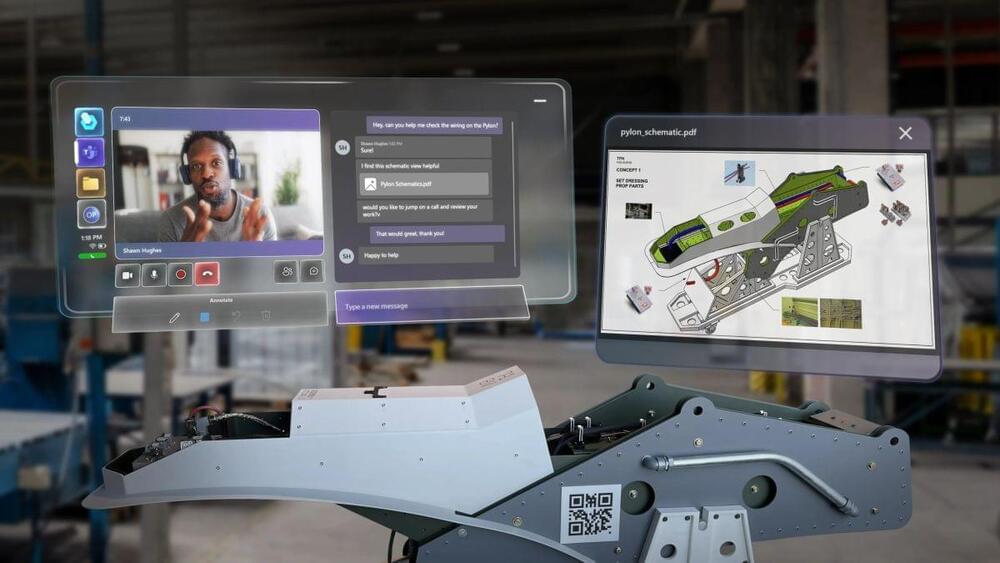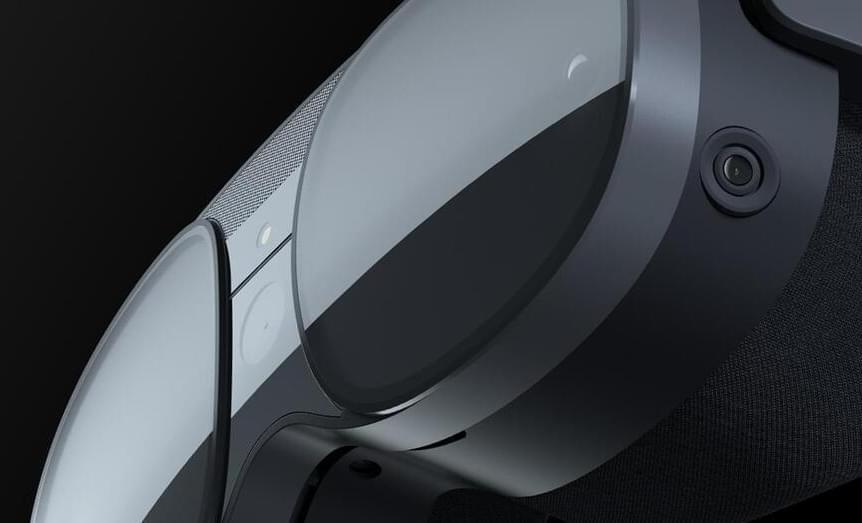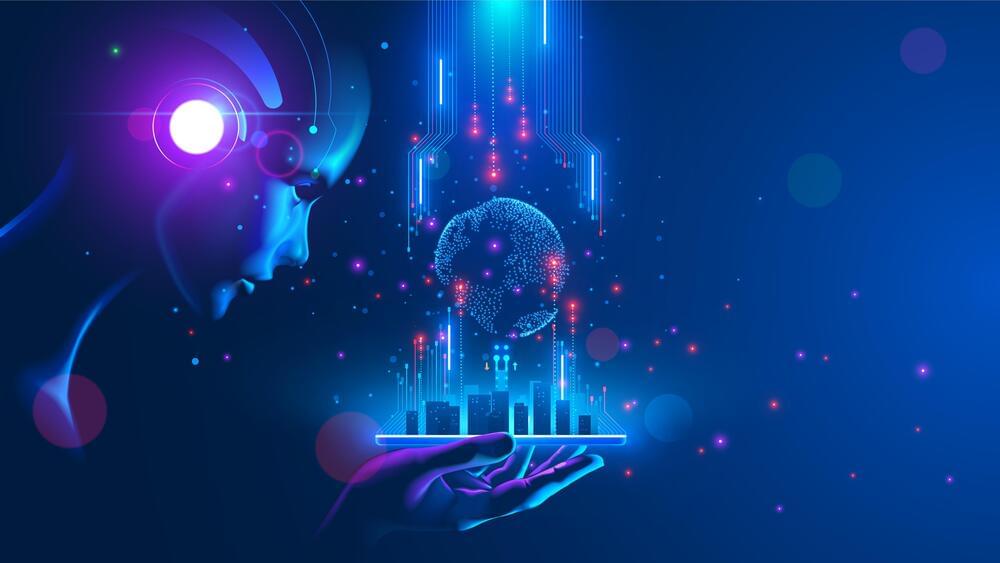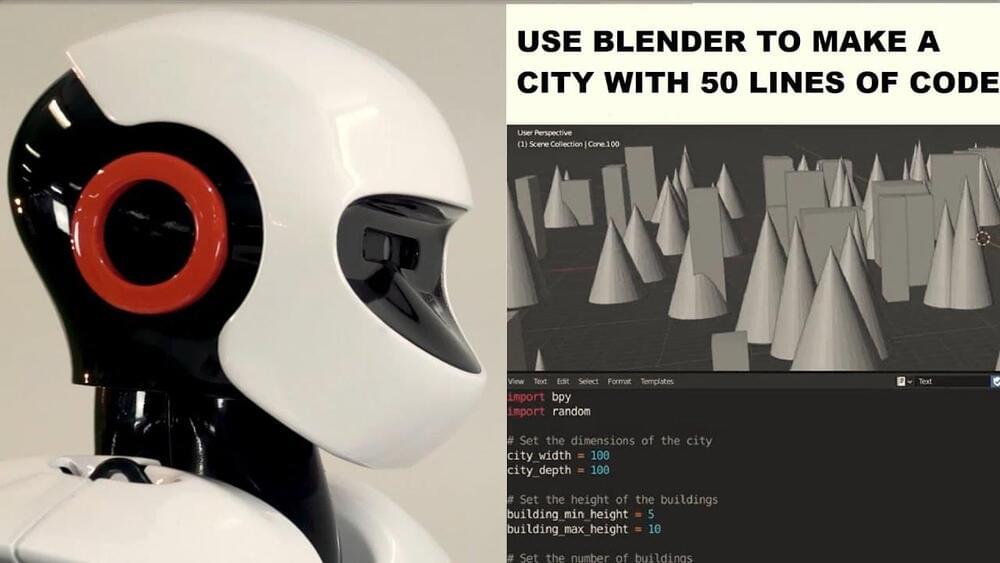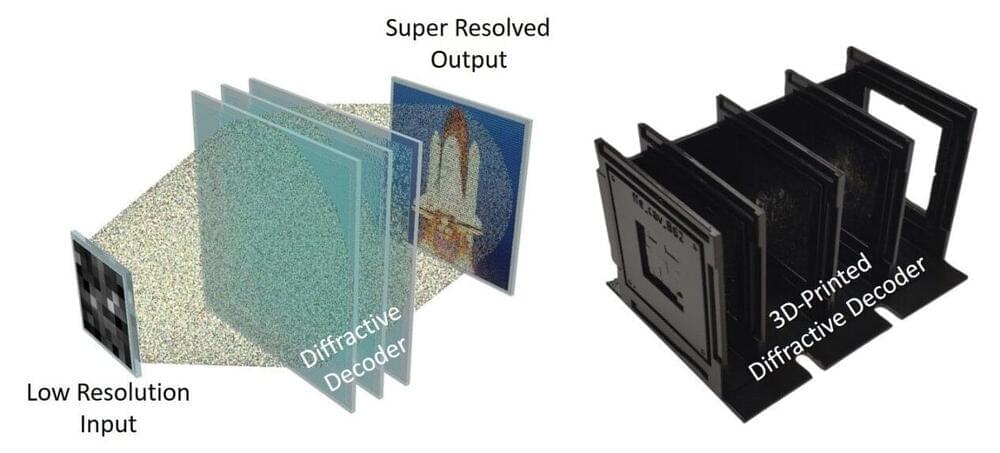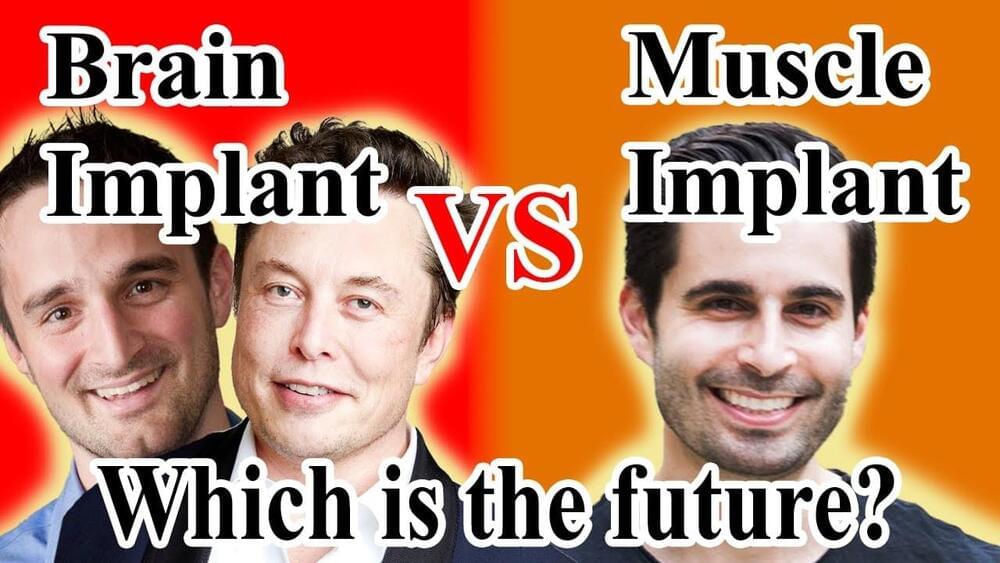Dec 26, 2022
ChatGPT Says: AI Will Change EVERYTHING
Posted by Kelvin Dafiaghor in categories: augmented reality, media & arts, robotics/AI, virtual reality
99% of the following speech was written by ChatGPT. I made a few changes here and there and cut and pasted a couple of paragraphs for better flow. This is the prompt with which I started the conversation:
Write a TED Talks style speech explaining how AI will be the next cross-platform operating system, entertainment service, and search engine as well as source of news and accurate information. Elaborate further in this speech about how this future AI could produce tailored entertainment experiences for the end-user. Explain its application in creating real-time, personally-tailored and novel media including mixed reality, virtual reality, extended reality, and augmented reality media as well as in written fiction and nonfiction, music, video and spoken-word entertainment for its end users. Write a strong and compelling opening paragraph to this speech and end it memorably. Add as much detail as you can on each point. The speech should last at least 15 minutes.
Continue reading “ChatGPT Says: AI Will Change EVERYTHING” »


